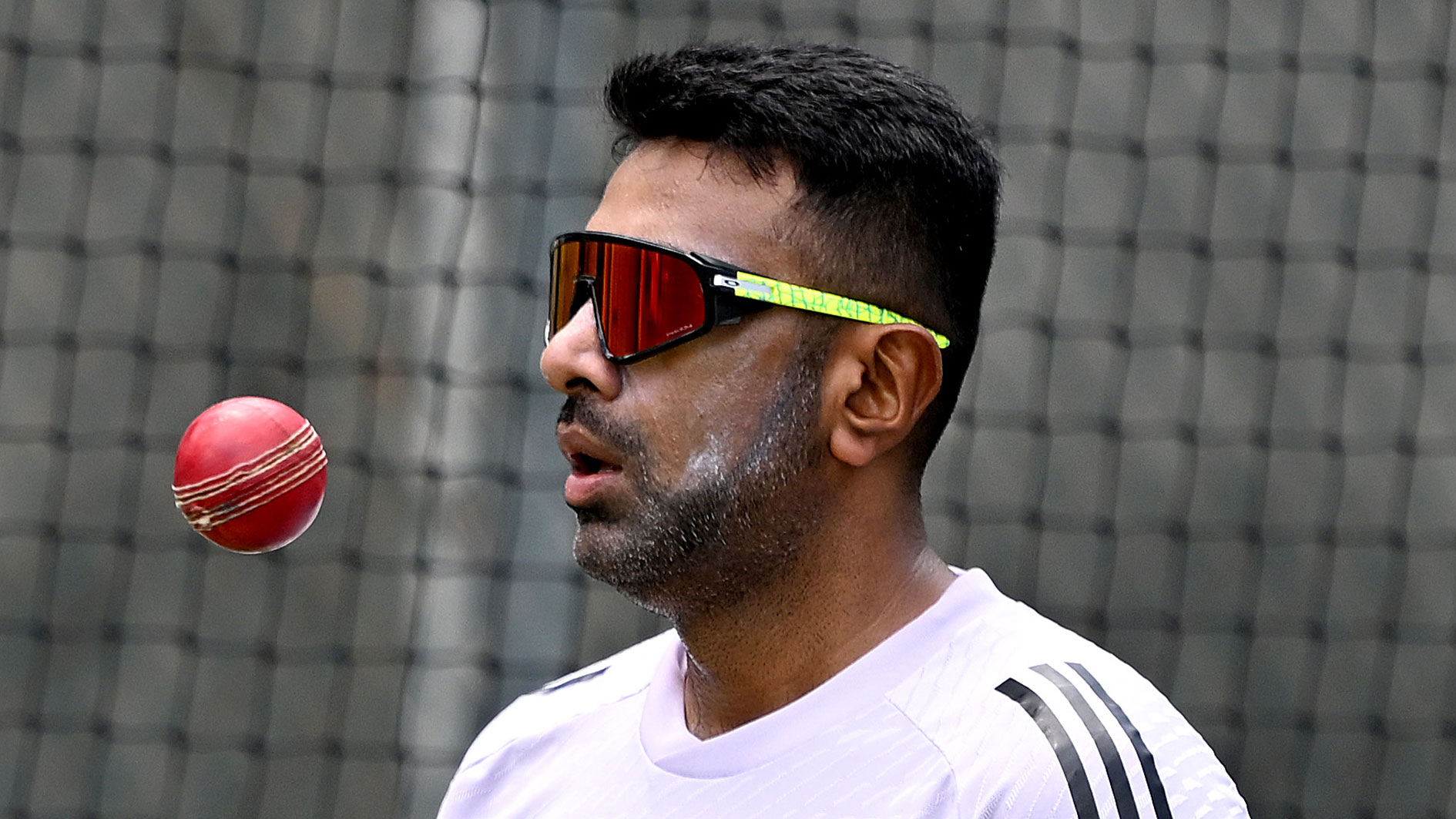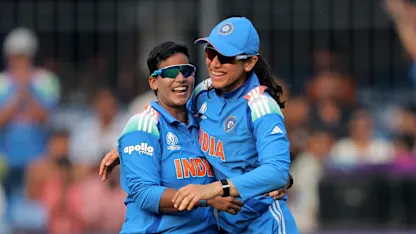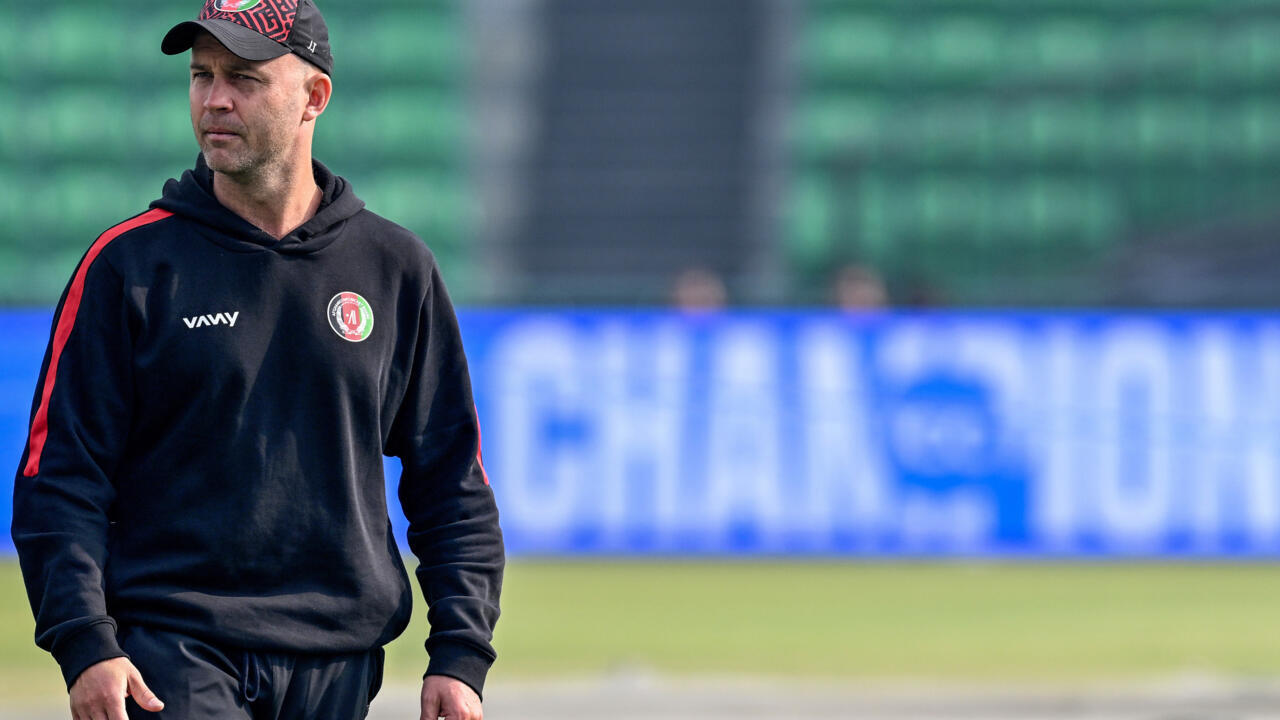England draw Spain in UEFA World Cup qualifying group in repeat of 2023 final

England will face defending champions Spain in their UEFA Women’s World Cup qualifying group.The draw on Tuesday placed the pair in League A’s Group 3 alongside Iceland and Ukraine, as, despite being European champions, England’s Nations League placing meant they were not in Pot 1 — the top-seeded teams for the draw.AdvertisementQualifying will start next year for the 32-team tournament in 2027. Brazil will host the World Cup for the first time in 2027, becoming the first South American nation to do so after nine previous editions.If they qualify, England will travel to South America hoping to become the sixth nation to win the tournament. The World Cup has eluded them so far, having lost out to Spain in the 2023 final. They then beat Spain in the European Championship final this summer, retaining their title after victory over Germany three years earlier.Being in League A means that England cannot be knocked out in the first phase of qualifying and will be entered into the play-off phase if they do not win their group. If they come last in their group, however, they will get relegated from the top tier of the Nations League and find themselves in League B.Bigger matches – but more repetitionAnalysis by football tactics writer Michael CoxAdvertisementThe entire point of the new format for Women’s World Cup qualifying in Europe — essentially a continuation of the Nations League rather than a standalone process — is to throw together bigger nations for matches that are worth watching, rather than putting world giants against minnows.And, at this point, Spain vs England is clearly the biggest match around. The two sides that contested both the Women’s World Cup final in 2023, with Spain winning 1-0, and the Euro 2025 final, with England winning on penalties after a 1-1 draw, will face one another once again. They have also faced one another on two other occasions this year in the Nations League, a 1-0 England win at Wembley and a 2-1 Spain victory in Barcelona.The important caveat here is that both sides will almost certainly qualify, eventually. The four-team group also features Ukraine and Iceland, and while one side qualifies automatically, the other three in this top tier of European qualification will all be guaranteed a play-off place, seeded according to their final place in the group. Whoever finishes second out of England and Spain will still have a very favourable path to Brazil.While more matches between strong nations makes the process more exciting, some of these fixtures are starting to feel repetitive. Sweden, Italy and Denmark have been drawn in the same group for both the Nations League earlier this year and now the World Cup qualification process — with Wales before and Serbia now. Still, it is a better situation than the mismatches in the qualification process for 2023, which included England defeating Latvia 20-0.AdvertisementWhat are the groups?League A:Group 1: Sweden, Italy, Denmark, SerbiaGroup 2: France, Netherlands, Poland, Republic of IrelandGroup 3: Spain, England, Iceland, UkraineGroup 4: Germany, Norway, Austria, SloveniaLeague BGroup 1: Wales, Czechia, Albania, MontenegroGroup 2: Switzerland, Northern Ireland, Turkey, MaltaGroup 3: Portugal, Finland, Slovakia, LatviaGroup 4: Belgium, Scotland, Israel, LuxembourgLeague CGroup 1: Bosnia & Herzegovina, Estonia, Lithuania, LiechtensteinGroup 2: Croatia, Kosovo, Bulgaria, GibraltarGroup 3: Hungary, Azerbaijan, North Macedonia, AndorraGroup 4: Greece, Faroe Islands, GeorgiaAdvertisementGroup 5: Romania, Cyprus, MoldovaGroup 6: Belarus, Kazakhstan, ArmeniaWhen are the games?The league-phase matchdays will take place across three international windows from February and June 2026.The UEFA play-off phase will then take place across October-December 2026, before the last-chance inter-confederation play-offs take place in February 2027.How does UEFA qualifying work?Qualifying is split into two stages, the league phase and the play-off phase. Out of the three leagues (A, B, C), only teams from League A are able to qualify from the league phase, if they win their group after home and away fixtures.AdvertisementThe remaining teams from the top league and nations from the lower leagues will compete for the remaining seven direct qualifying places in the play-off phase, with one team able to qualify for the inter-confederation play-offs in 2027.There are two paths in the play-off phase, the winners of which will face each other in eight ties. The best-ranked seven of the tie winners, according to their league rankings, will qualify directly for the World Cup while the remaining winner will qualify for the inter-confederation play-offs.Path One: Teams finishing second and third in League A groups will play the six group winners and two best-ranked runners-up in League C.Path Two: The fourth-placed League A teams and four League B group winners will be drawn into eight ties against the teams finishing second and third in the League B groups.AdvertisementWhen is the 2027 World Cup?The tournament will start on June 24, 2027, with the final just over a month later on July 25.This article originally appeared in The Athletic.England, Spain, International Football, Women's Soccer, FIFA Women's World Cup2025 The Athletic Media Company















